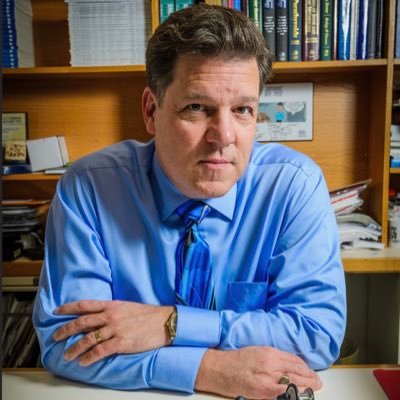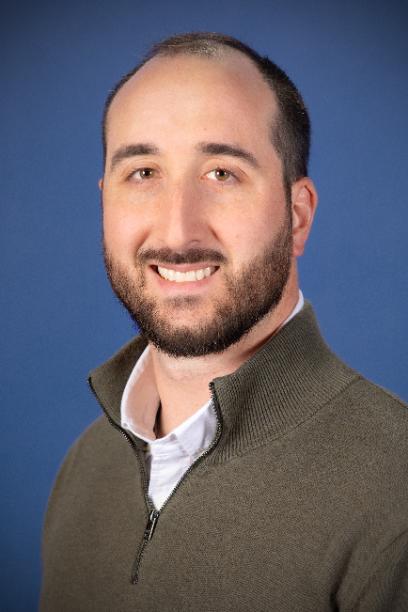Scientists have discovered a hormone responsible for keeping bones sturdy in lactating people and mice, which could have broad applications for treating bone conditions like osteoporosis and gum disease or helping fractures heal.
When mice and humans are lactating, calcium is stripped from their bones to be used in milk. But a certain hormone from the brain boosts bone stem cell activity and the formation of new bone during lactation, according to the study published Wednesday in Nature. The research was led by Holly Ingraham at the University of California San Francisco and Thomas Ambrosi at the University of California Davis.
The researchers also showed the hormone could speed the repair of fractures and also build strong bones in both young and old mice. The hormone, known as CCN3, is found in specific neurons in the brain that the study authors describe as the “gatekeeper of female reproduction.”
 Christopher Kovacs
Christopher KovacsHowever, Christopher Kovacs, a professor who studies bone metabolism at the Memorial University of Newfoundland, noted that while the report is “fascinating and exciting,” the hormone isn’t the holy grail that he was hoping for. Kovacs was not involved in the study.
“The most remarkable thing about female reproduction is not the mechanism of bone loss that happens during lactation (which supplies most of the calcium in milk of women), but instead the rapid recovery that happens afterwards to restore the skeleton to its prior strength,” he wrote in an email.
“This isn’t the holy grail to explain post-weaning recovery, because this hormone disappears from the brain rapidly with forced weaning,” he added.
The long search
In 2019, Ingraham’s lab reported that certain neurons in the female mouse brain may be closely tied to bone growth. Following that study, Ingraham’s lab in collaboration with Ambrosi’s lab embarked on a search for the specific factors from the neurons responsible for building strong bones.
 Holly Ingraham
Holly Ingraham“One of the remarkable things about these findings is that if we hadn’t been studying female mice, which unfortunately is the norm in biomedical research, then we could have completely missed out on this finding,” Ingraham said in a press statement.
The researchers conducted a variety of experiments, including surgically joining two mice together, to determine that a factor that circulates the body is responsible for bone growth. But pinning down the identity of that factor proved more challenging.
“We were stuck at this stage for almost two years,” Ambrosi said, adding that the search was prolonged by the Covid-19 pandemic.
CCN3 emerged as a top candidate after the researchers analyzed gene expression changes in mutant mice that lost bone mass from diet changes. In a variety of mouse studies, the researchers showed that CCN3 helped increase bone mass and also helped with fracture repair.
Limits of current osteoporosis treatments
Bones have two sets of special cells — osteoblasts that form new bone and osteoclasts that dissolve old bone. Kovacs said while the study looks at how CCN3 stimulates osteoblasts to boost new bone growth, it did not adequately examine CCN3’s impact on the process of breaking down old bone.
 Thomas Ambrosi
Thomas AmbrosiBoth Kovacs and Ambrosi noted that many of the current osteoporosis treatments come with a major drawback — they can only be used for a limited amount of time because while they help bone formation, they also increase the breakdown of old bone, a process known as bone resorption.
“CCN3 really orchestrates healthy bone formation through the stem cells within the bone marrow cavity, while at the same time, it does not affect overall bone resorption at all,” Ambrosi said. But Kovacs disagreed, noting that he suspects CCN3 could possibly suppress resorption.
Ambrosi was the first postdoc in Chuck Chan’s lab at Stanford before starting his own lab at UC Davis. Chan, a bone stem cell researcher and a co-author of this study, passed away in March. Ambrosi described Chan as an “out-of-the-box thinker” and “one of the most creative scientists you could have ever met.”
“He established the stem cell model we have been working with also in the study, which is the basis for our investigation. So his contribution was obviously major and his loss will be felt for sure,” Ambrosi said.